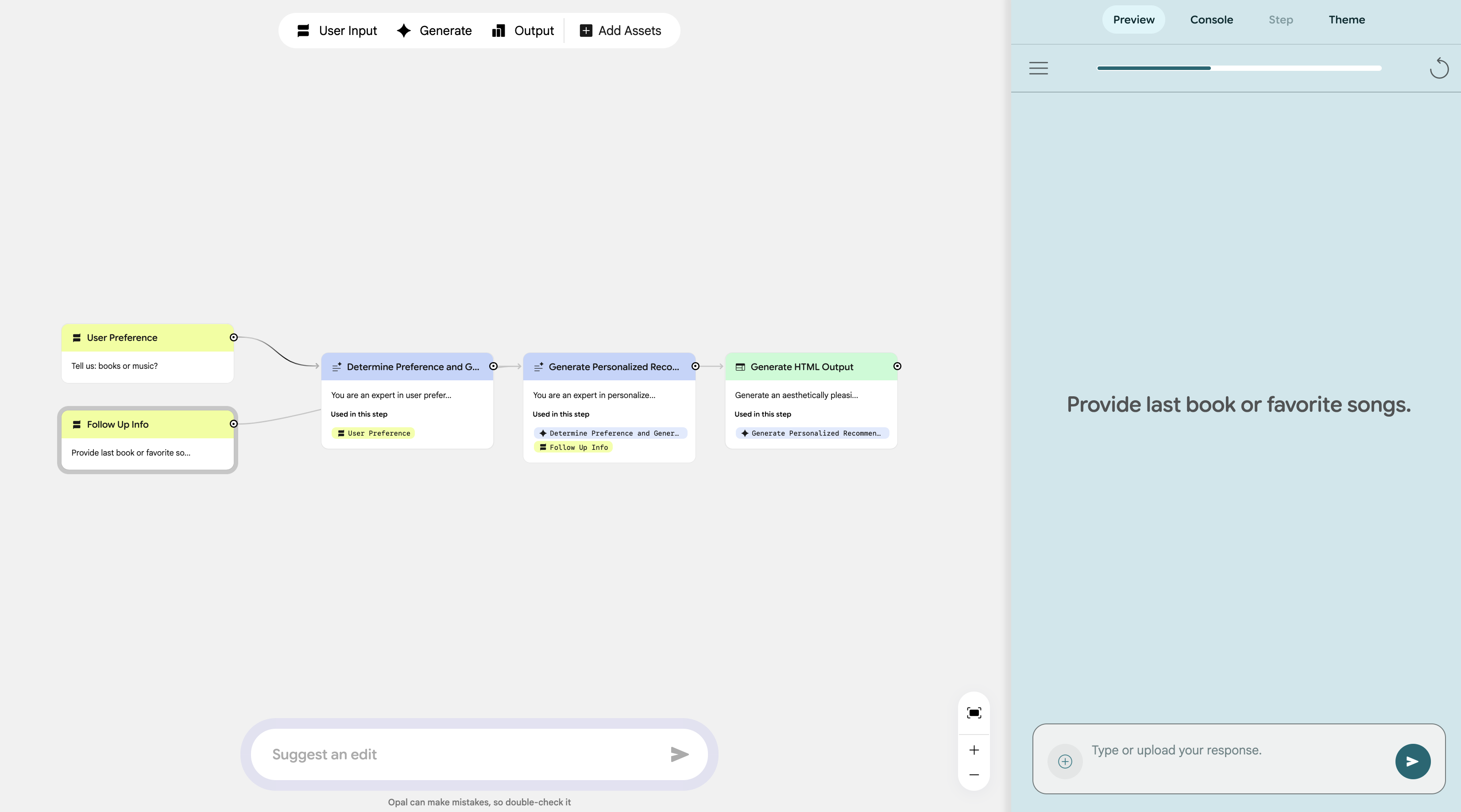Agent builders
Agent builders are popping up everywhere, promising to let us wire up reasoning loops, memory, and tools without ever opening a code editor. But not all builders are created equal—each serves different use cases and skill levels. Let's explore the main archetypes to help you choose the right tool for your needs.
No-code / form-like builders
- CustomGPT
- Amazon Q
- Copilot Studio
- LangGraph Platform
No-code tools democratize AI for business and semi-technical users, fitting perfectly into the self-serve enterprise trend. These platforms are rapidly evolving to include built-in reasoning loops, reflection, and memory that can be enabled with a simple checkbox. Their strength lies in extensive connector catalogs—think Slack, Teams, SharePoint, Notion, Trello, and a growing ecosystem of MCP servers.
However, shadow AI poses a significant governance challenge. For example, when employees create agents that become orphaned after they leave. Furthermore, organizations face security and compliance risks. To mitigate this, keep agent builder platforms within IT oversight, implement guardrails through LLM gateways, and establish FinOps practices for proper cost allocation. From a security perspective, prioritize pass-through authentication, user-level memory isolation, and the usual network controls.
Low-code workflow, agent and app builders
- Retool
- n8n
- Power Platform
Low-code platforms have existed for decades—from classic BPM suites to DataRobot for ML—yet adoption has remained niche. GenAI has not fundamentally changed this dynamic, despite influencers showcasing eye-catching outreach workflows on social media. While generative process automation shows promise as a potential killer use case, the business value remains largely unproven.
That said, low-code agents excel for small internal applications with limited user bases. Architecture review boards should openly ask: "Could this be a low-code agent?". Avoid the fate of "a thousand PowerBIs" by tracking ownership and cost centres.
For anything large, external or business-critical, one might think twice: the total cost of ownership tends to explode due to seat pricing, logic escapes into Python/TS blocks, edge cases start to pile up, and limited code reusability makes spaghetti everywhere.
AI-first workflow and agent builders
- Dify.ai
- Langflow
- Flowise
These platforms wrap LangChain-like frameworks with drag and drop visual interfaces. While they offer more AI-specific building blocks than general workflow tools like Retool or n8n, they typically lag behind in enterprise polish and UI automation capabilities.
Embedded agent builders
- Salesforce Agentforce
- SAP Joule Agents
- ServiceNow AI Agent Studio
Enterprise software giants are taking a different approach by embedding agent builders directly into their existing ecosystems. This strategy leverages data gravity to keep users within their platform while simplifying authentication and integration. The trade-off, of course, is increased vendor lock-in—but for organizations already committed to these platforms, the seamless integration can outweigh the constraints.
Pro-code agents
- LLM provider SDKs or LLM gateways
- Frameworks like LangChain, DSPy, Haystack, etc.
At the far end of the spectrum, pro-code solutions become essential when you need maximum control—think advanced context engineering, specialized integrations, or custom logic that complements your agent's capabilities. While these solutions offer unmatched flexibility, they come with complexity in both development and ongoing maintenance. The upfront investment is substantial, but the long-term economics often favor pro-code, particularly at scale where licensing and hosting costs of visual builders can become prohibitive, as well as runtime optimizations a necessity.
Choosing the right tool
The path forward is not binary—most successful AI initiatives follow a progressive approach. Begin with no-code or low-code builders to rapidly prototype, demonstrate value, and discover product-market fit. This strategy allows you to validate concepts quickly and gather real-world feedback.
However, as edge cases accumulate and requirements grow more sophisticated, you may find yourself needing to transition to pro-code solutions to maintain performance and scalability.
Addendum (July 31st): Opal by Google
Google has released Opal, a no-code builder for "mini-apps".
I tried it briefly. I was not that impressed. The agentic workflow I tried to generate was not that good.
Likely because the notion of routing is not part of its capabilities yet.
Using one of their existing apps (book recommender) was not great either: it took ages to run, and then the web page was not visually appealing at all, e.g., no book artwork, broken links, etc.
The idea of prompting your workflow is key to advance no/low-code builders though, and I am sure the other parts will improve over time.
